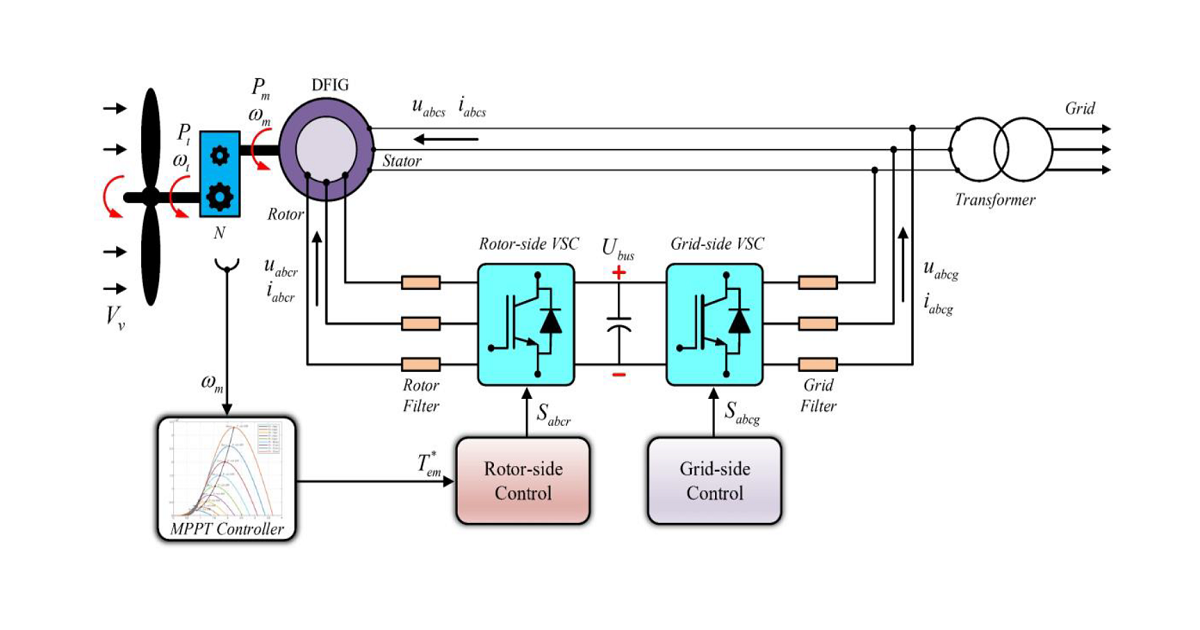- 3.2Impact Factor
- 7.3CiteScore
- 17 daysTime to First Decision
Advanced Technologies in Agricultural Engineering and Energy Optimization
This special issue belongs to the section “F5: Artificial Intelligence and Smart Energy“.
Special Issue Information
Dear Colleagues,
The major population growth, along with its flow from rural areas into urban agglomerations, cause the problem of food shortages, becoming the primary determinants of the global poverty. Food shortages are also significantly exacerbated due to land degradation lowering agricultural yields and livestock productivity. Fortunately, a rapid development of technologies, including information technologies and renewable energy sources, is currently observed in many aspects of economy. The direction of research is towards the utilization of renewable energy, which could help fulfill the energy demand, as well as to mitigate environmental problems. The use of renewable energy plays an important role in agriculture, where technologies are also being improved from year to year. Agricultural production is growing, and machinery and systems are becoming more autonomous and robotic, where it is no longer possible to do without complex computing, optimization, planning and working with large amounts of data. Nowadays, a large amount of unstructured heterogeneous data powers the demand to extract useful insights in an automatic, reliable and scalable way. The agriculture sector, however, is historically less receptive to innovation and lags behind the implementation of contemporary solutions, which defines the relevance of this Special Issue.
The purpose of this Special Issue “Advanced Technologies in Agricultural Engineering and Energy Optimization” is to publish research papers, as well as review articles, addressing recent advances on agriculture engineering within the confines of use of various energy types. This Special Issue aims to seek high-quality papers from academics and industry-related researchers in the areas of power supply to rural areas, biofuels and renewable energies used in agriculture, energy efficiency and conservation in agriculture, agricultural robotic applications, livestock production, the application of electrophysical impact on agricultural objects, technologies in harvesting and seed machinery, solutions for digital and precision agriculture, applied mathematics, environmental bioengineering, machine learning, artificial intelligence, pattern recognition, data mining, multimedia processing and big data to show the most recently advanced methods.
Dr. Vadim Bolshev
Dr. Vladimir Panchenko
Dr. Nallapaneni Manoj Kumar
Dr. Pandian Vasant
Prof. Dr. Igor Litvinchev
Prof. Dr. Prasun Chakrabarti
Guest Editors
Manuscript Submission Information
Manuscripts should be submitted online at www.mdpi.com by registering and logging in to this website. Once you are registered, click here to go to the submission form. Manuscripts can be submitted until the deadline. All submissions that pass pre-check are peer-reviewed. Accepted papers will be published continuously in the journal (as soon as accepted) and will be listed together on the special issue website. Research articles, review articles as well as short communications are invited. For planned papers, a title and short abstract (about 250 words) can be sent to the Editorial Office for assessment.
Submitted manuscripts should not have been published previously, nor be under consideration for publication elsewhere (except conference proceedings papers). All manuscripts are thoroughly refereed through a single-blind peer-review process. A guide for authors and other relevant information for submission of manuscripts is available on the Instructions for Authors page. Energies is an international peer-reviewed open access semimonthly journal published by MDPI.
Please visit the Instructions for Authors page before submitting a manuscript. The Article Processing Charge (APC) for publication in this open access journal is 2600 CHF (Swiss Francs). Submitted papers should be well formatted and use good English. Authors may use MDPI's English editing service prior to publication or during author revisions.
Keywords
- agricultural engineering
- artificial intelligence
- big data analytics, development and applications
- bio-energies
- cloud computing and deep learning
- control systems
- distributed energy sources
- equipment and technologies for agriculture
- energy efficiency in agriculture
- environmental issues
- Industry 4.0
- Internet of Things
- issues of energy supply and reliability computing
- livestock production and management
- microbiological research
- modern crop and livestock issues
- multiobjective optimization
- postharvest technology
- process optimization
- renewable energy
- robotics
- rural electrification
- rural microgrid
- smart city and green information systems
- smart farming
- smart optimization
- waste management and recycling

Benefits of Publishing in a Special Issue
- Ease of navigation: Grouping papers by topic helps scholars navigate broad scope journals more efficiently.
- Greater discoverability: Special Issues support the reach and impact of scientific research. Articles in Special Issues are more discoverable and cited more frequently.
- Expansion of research network: Special Issues facilitate connections among authors, fostering scientific collaborations.
- External promotion: Articles in Special Issues are often promoted through the journal's social media, increasing their visibility.
- e-Book format: Special Issues with more than 10 articles can be published as dedicated e-books, ensuring wide and rapid dissemination.

